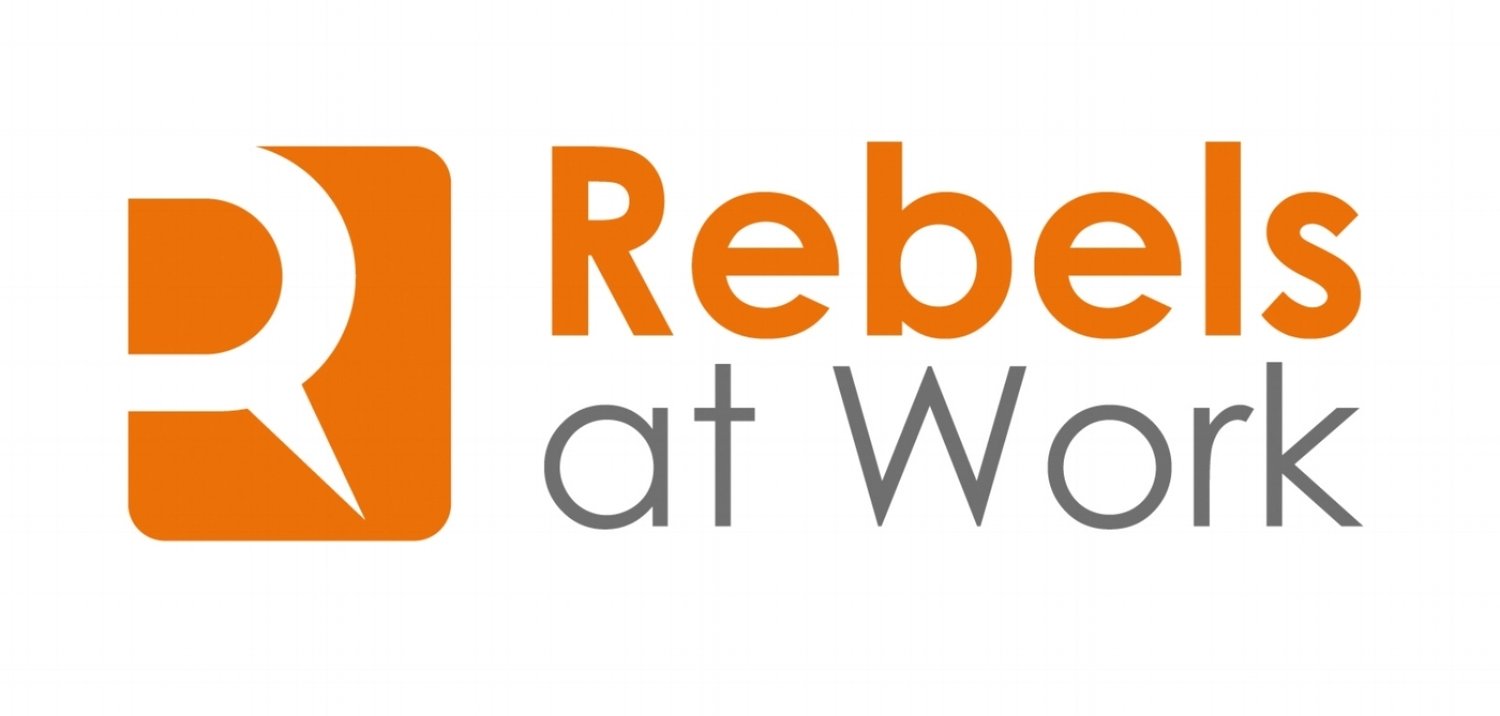The Best Environments for Rebels
“Good” work environments that support creativity, adaptability, change and resilience aren’t just about psychological safety, inclusion, management trust, or purpose. A whole lot of it is also about the physical environment of our workspaces.
Our physical environment affects our mindsets, our moods, our behaviors. Bright, colorful environments with plants and natural woods make us feel optimistic, creative, calm, open to possibilities. Sometimes even joyful.
So why do we have to work in such drab work environments? Why don’t we rebel for offices that boost our energy and our open-mindedness?
I’m not talking big-ticket Silicon Valley office makeovers, but simply taking a more considered approach to our workplaces. More intentional color. Better lighting. Less junky, cluttered stuff. More plants.
Here’s why.
Research on physical work environments
Over the holiday break I went down a rabbit hole of reading research about how workplace physical environments affect our emotions and behaviors, and even signed up for an applied color class at RISD. There’s a lot of research into interior design psychology, color psychology, biophilic design, environmental psychology, neuro-architecture and geeky publications like the Journal of Environmental Psychology and the Academy of Neuroscience and Architecture.
I also read the fascinating new book “Joyful: The Surprising Power of Ordinary Things to Create Extraordinary Happiness” by Ingrid Fetell Lee, former design director of IDEO, the global design firm committed to creating change through design.
Some highlights on how it effects behavior:
Color = more alert, friendly confident: People working in bright, colorful offices were more alert than those working in duller spaces, according to a study of nearly a thousand people in Sweden, Argentina, Saudi Arabia and the UK. They were also more joyful, interested, friendly and confident.
Daylight improves energy, mood, blood pressure: Increasing exposure to daylight reduces blood pressure and improves mood, alertness and productivity. Employees who sit near windows report higher energy levels and tend to be more physically active both in and out of the office. In a study of elementary schools, students in classrooms with the most daylight advanced as much as 26 percent faster in reading and 20 percent faster in math over the course of a year. Hospital patients assigned to sunnier rooms were discharged sooner and required less pain medication than those in rooms with less light.
Too sterile or too disorderly = anxiety, negativity: Disorderly environments have been linked to feelings of powerlessness, fear, anxiety, depression, and exert a subtle, negative influence on people’s behavior, as do overly sterile environments. Natural environments, on the other hand, tend to put people at ease. Employees working in environments with natural elements have reported 13% higher well-being and 8% more productive. Another showed that working in close proximity to plants improves concentration and memory retention.
Ceiling height matters: Low-ceiling rooms are best for focusing on the details of a subject or object and high, lofty ceilings are more conducive to abstract styles of thinking, brainstorming, creative solutions, and zooming out to get a bigger perspective, according to experiments by Joan Meyers-Levy, professor emeritus in marketing from the University of Minnesota’s Carlson School of Management.
Humdrum feeds hunger: “In our humdrum environments we live with a sensorial hunger, and without any other means to satisfy it, we feed it,” says Ingrid Fetell-Lee. She suggests that our drab work environments lead us to snack more to fill sensory voids.
Easy change for change makers?
I showed Ingrid’s TED talk video, Where the Joy Hides and How to Find It, during a recent one-day workshop on change and resiliency for women CEOs. They were mesmerized.
“A lot of change is hard, hard work,” several executives told me that night at dinner, “But we can find money in the budget for paint and lighting. We can physically make our offices more conducive to change.”
Yes, we can.
So, while the hard work of changing outdated systems and practices takes considerable time and resources, maybe we can at least create physical work environments that reduce stress and nurture optimism and a sense of possibility.
Low cost, high return.
Let’s not suppress our thinking and depress our spirits in muted taupes, beiges and browns. These colors, per researchers, elicit seriousness and reliability as well as a heaviness and lack of innovativeness. They are boring, old patriarchal colors.



